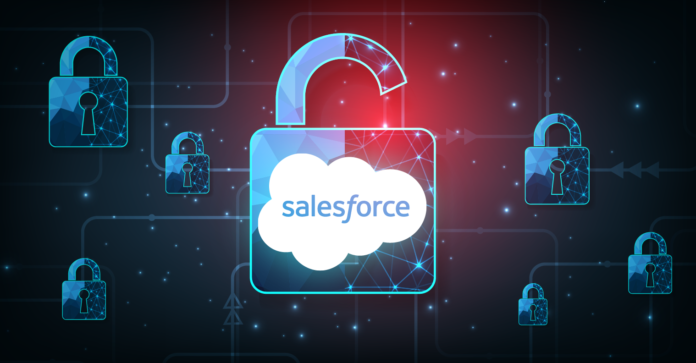Salesforce is the top customer relationship management (CRM) tool, thus involved in managing businesses’ critical data. This is why keeping this data secure is critical for the customers’ safety and the business’s compliance with various laws and regulations. Strategies and Solutions for Salesforce Data Security: The Importance of Safeguarding Critical Information.
Understanding the Importance of Data Security in Salesforce
Data security is paramount in today’s digital age, where people increasingly rely on online platforms for various activities. As cyberspace has evolved into a complex discipline, organizations must prioritize protecting their information and data. Salesforce, a prominent cloud-based platform, offers comprehensive security tools to safeguard sensitive data. However, these built-in features alone are not sufficient to defend against all threats. To ensure robust Salesforce data security, organizations must implement these features optimally and adhere to best practices.
Key Strategies for Salesforce Data Security
Implementing Role-Based Access Control (RBAC)
Role-based access Control (RBAC) is a security principle that ought as every user to have access to information only as it is required for him or her in doing his or her job. Role-based access control ensures that only those employees within the company who require a given level of access to a given resource will be allowed to access it. Profiles and permission sets in Salesforce are used for restricting access to specific fields or fields and data actions in the case of complex organizations.
Utilizing Two-Factor Authentication (2FA)
Two-factor authentication (2FA) is an authentication method that needs the user to undergo verification by using two different proofs to identify themselves; these two proofs are password, which is something the user knows, and the phone, which is something the user owns. Secure Multiple Login: No one can breach the network and log in to Salesforce using 2FA.
Advanced Solutions for Enhanced Salesforce Data Security
Data Encryption
Organizations must adopt full encryption – both the data at rest and in motion – to ensure maximum protection and security. Salesforce Shield is a feature that enhances the core implementation to deliver strong encryption abilities and therefore any unauthorized access to such data either in storage or in transit is prevented.
Field Audit Trail
To stay safe, controlling and recording changes to your data is a very good idea. Salesforce also has a Field Audit Trail that ensures one has a detailed trail of data changes for predetermined fields. This not only helps in the fulfillment of legal regulations but also assists in the detection of suspicious transactions.
Best Practices for Maintaining Salesforce Data Security
Regular Security Health Checks
Security health checks must be performed regularly to detect and provide for areas of weakness within your Salesforce environment. Salesforce also has a Security Health Check tool that monitors the security settings of your account against best practices defined by Salesforce and industries. This is important in the sense that it gives the administrator a head start to making changes that help in reducing threats and building stronger security.
User Training and Awareness
There are many reasons why data breaches occur and human error has been proven to be one of the primary contributors. The company needs to keep employees well-trained in various security practices. Awareness programs and effectual training can each be employed as a means to better educate users on the significance of data security and how to avoid frequent mistakes.
Monitoring and Incident Response
Real-Time Monitoring and Alerts
Using real-time tracking and notification mechanisms enables you to track and monitor behaviors and respond to them effectively and on time. The event Monitoring feature in Salesforce offers detailed activity logs for users and the possibility of directly feeding this information into SIEM.
Incident Response Plan
This paper analyzes the role of incident response planning in improving response to security breaches. This plan should cover how to detect the breach; how to minimize its impact and how to delete, purify, or remove it from the system. The second one should address how to restore the data. It is imperative to revisit and revise this plan regularly and best yet, test this plan once in a while to prepare the team in case an attack arises.
Conclusion: Securing Your Salesforce Data
It is important to approach the question of securing data in Salesforce from multiple angles to ensure that sufficient protection is provided both through the inherent utility of Salesforce and best and advanced practices. With role-based access control, the use of two-factor authentication, encrypting data, and regular security health checks, through proper management, you can effectively reduce the chances of data breaches. Another feature of security that is essential is that you train your users and that you have a strong incident response as well because this is a part of a good security strategy. While working in Salesforce, you have an opportunity to ensure the security of sensitive information stored in the system and to protect your clients’ reputations.





